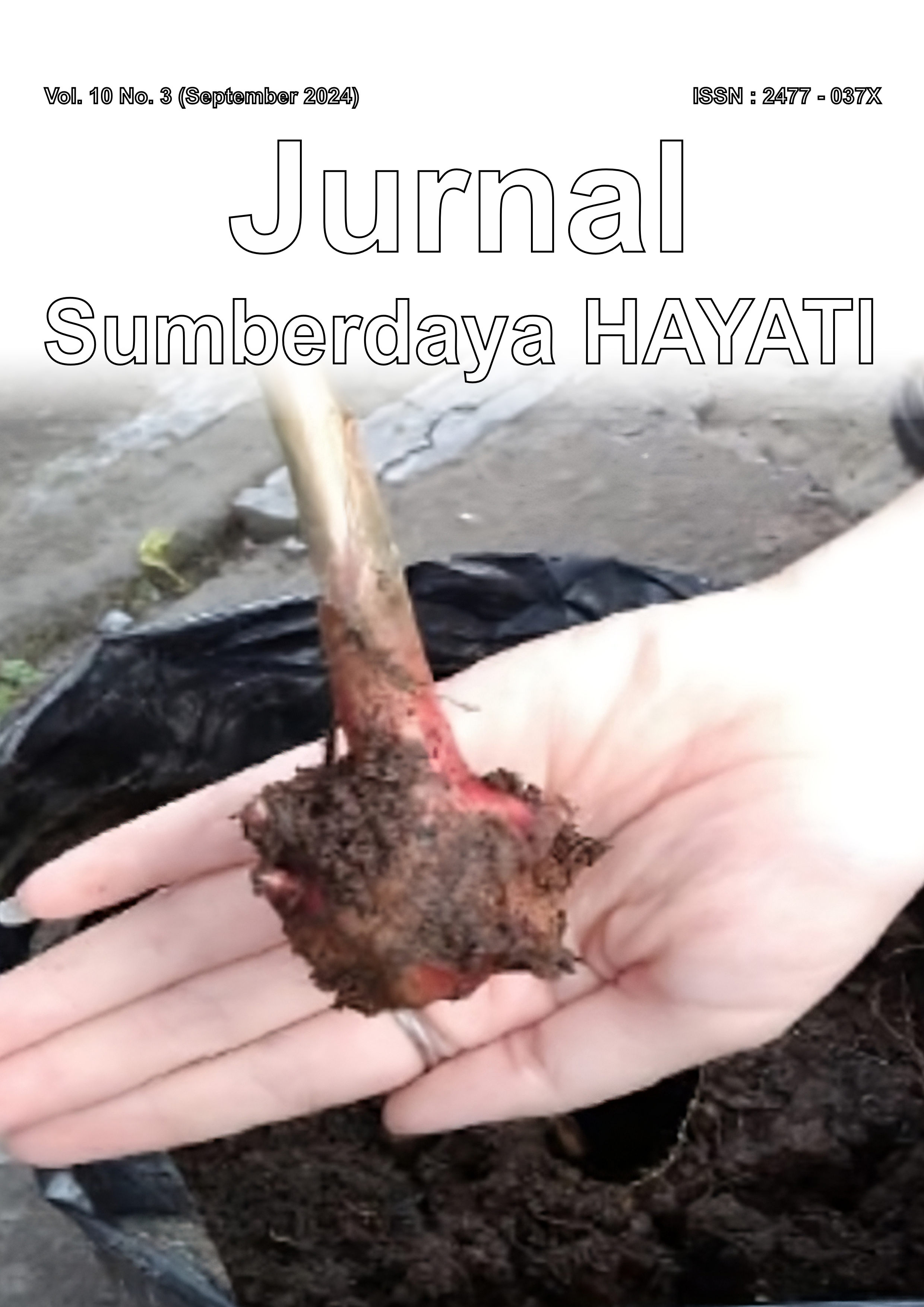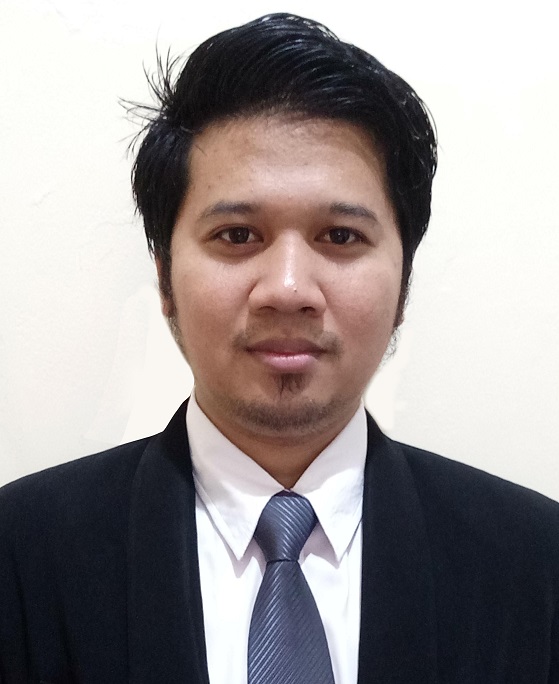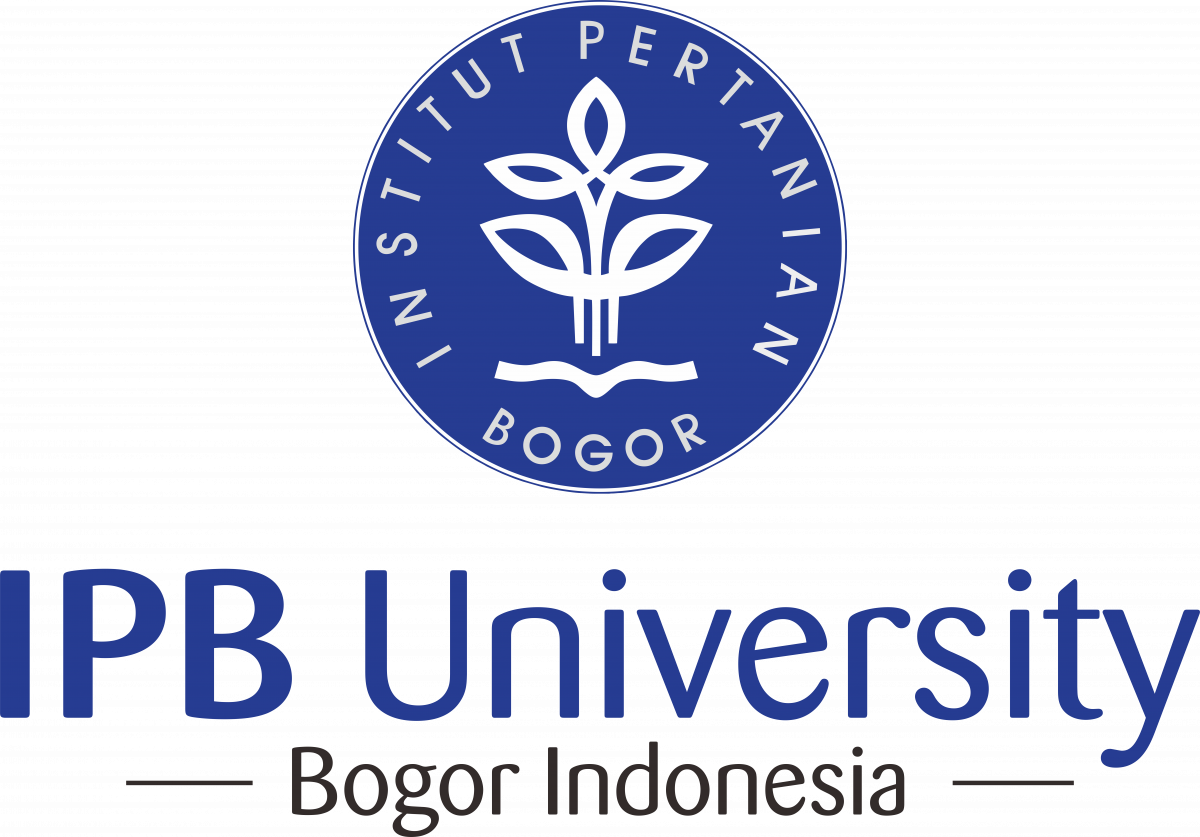Oral Klebsiella sp. Involved in Dental Caries: A Case of Individuals Gargling with Peatwater
Abstract
Most of the microbes inhabiting the oral cavities are harmless but can cause disturbance and discomfort if the microbial population increases significantly. One of the oral disorders that is often experienced by children, is dental caries. Dental caries is causedby various factors, including eating and brushing habits. The people of Central Kalimantan who live in the watershed use peat water in their daily activities, including for gargling and brushing their teeth. The acidic characteristics of peat water and the high content of organic substances trigger the development of microbes that cause dental caries.This study used dental caries swab samples of patients who rinsed their mouths with peat water. Bacteria were identified molecularly with 16SrRNA markers with primers 63F and 1387R. The similarity of nucleotide sequences was analyzed with BLAST on GeneBank. A phylogenetic tree was built with Maximum Likelihood. Both isolates have a fairly high level of similarity to Klebsiella pneumoniae, namely 91% and 93%. Both isolates are in the same clade, Klebsiella spp., and are close to various commonly found bacteria in the oral cavity, such as Streptococcus mutans and Lactobacillus salivarius.
Downloads
Copyright (c) 2024 Oktaviani Naulita Turnip, Agnes Frethernety, Hanasia, Desimaria Panjaitan, Elvina Damayanti, Anwar Rovik, Handayani Malik

This work is licensed under a Creative Commons Attribution 4.0 International License.
Authors who submit and publish with this journal agree to the following terms:
1. Authors retain copyright and grant the journal/publisher non exclusive publishing rights with the work simultaneously licensed under a Creative Commons Attribution 4.0 International License.
![]()













